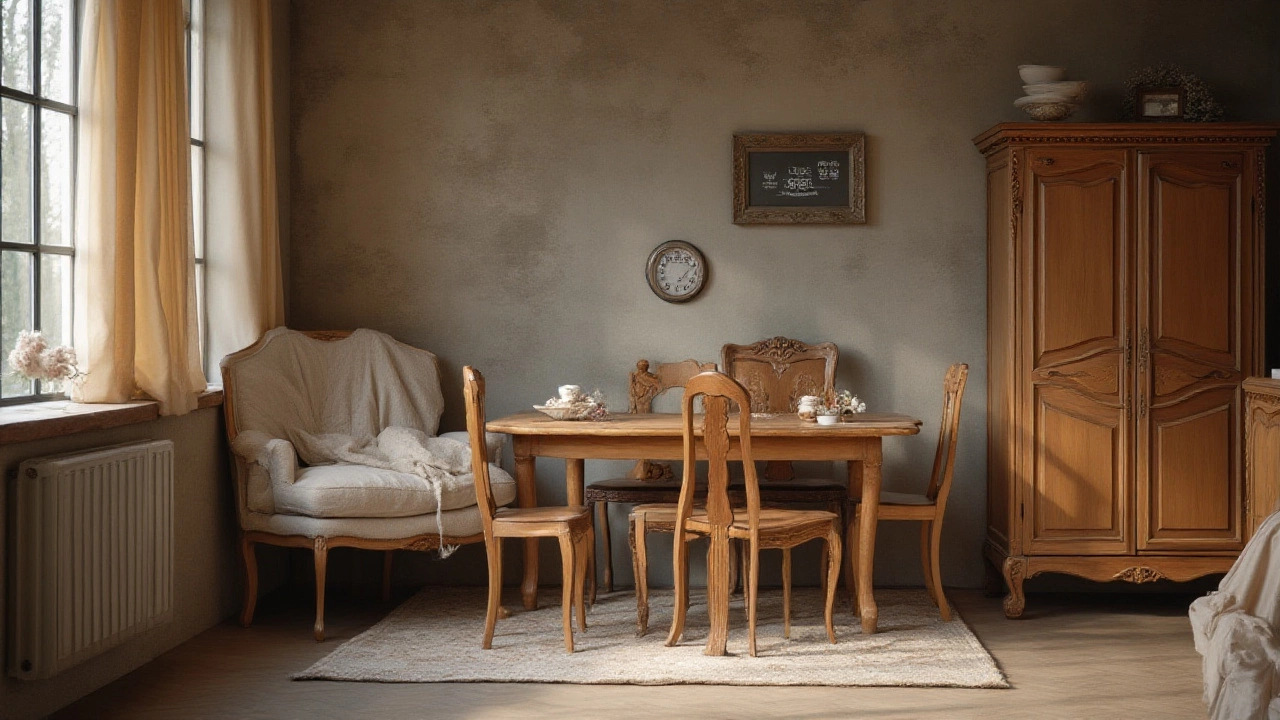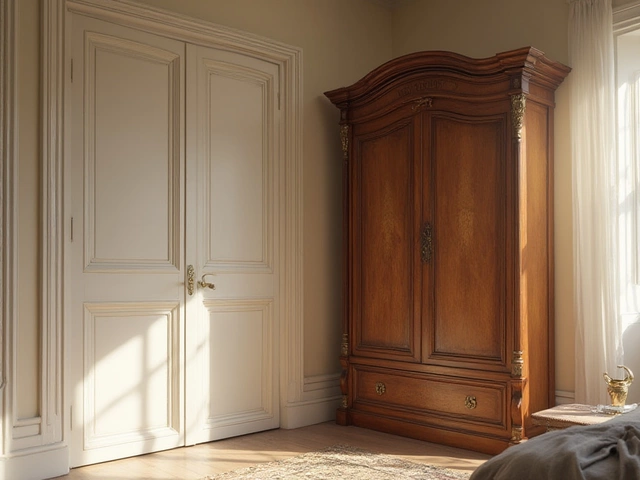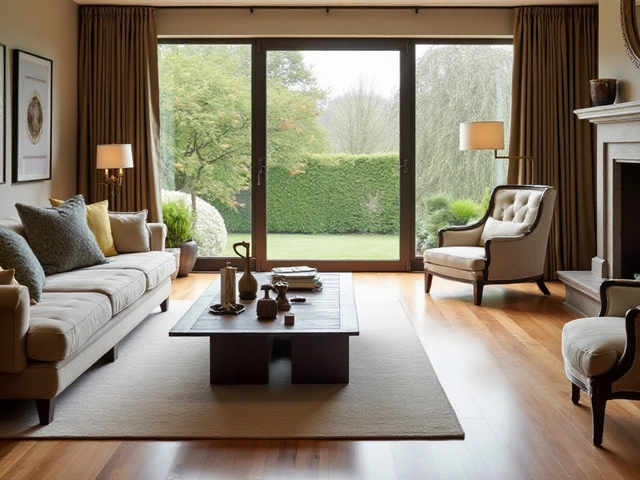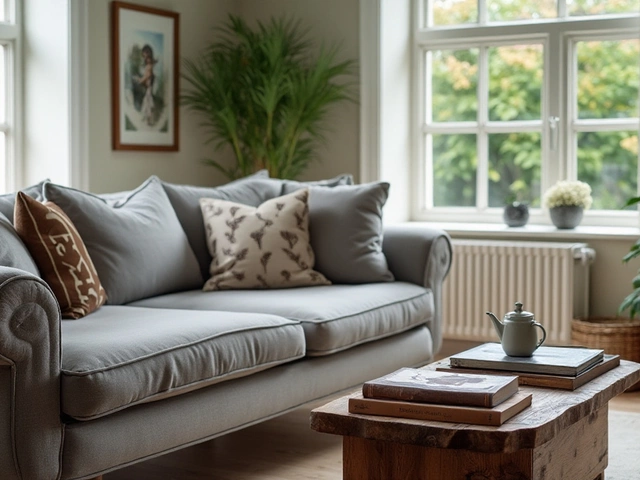Furniture Warp: Spotting, Preventing and Fixing Warped Wood
If you’ve ever pulled a table out of storage and noticed it looking twisted, you’ve dealt with furniture warp. It’s annoying, but you don’t need to toss the piece. In this guide we’ll show you why wood warps, how to catch it early, and what you can do to fix or prevent it.
Why Furniture Warps
Wood is a natural material that reacts to moisture and temperature. When one side of a board absorbs more water than the other, it expands more and the board bends. The same thing happens when a piece sits in a hot room one day and a cold garage the next. Seasonal changes, spills, and even indoor humidity can cause the same problem.
Another big cause is uneven support. If a bookshelf sits on a concrete floor on one side and a carpet on the other, the weight distribution isn’t equal and the wood can bow over time. Improper construction, like using cheap glue or nails that don’t hold the joints tight, also makes warping more likely.
Simple Ways to Stop and Repair Warping
First, keep the environment stable. Use a dehumidifier in damp rooms and avoid placing furniture directly against exterior walls that get cold in winter. If you store pieces in a garage, bring them inside when the temperature drops sharply.
Second, support the furniture properly. Put coasters or pads under legs that sit on uneven floors. For larger items, add extra braces or a leveler to keep the weight even.
If you already have a warped piece, you can often straighten it yourself. For a small table, lay a damp cloth over the warped area and place a heavy, flat object on top for a day or two. The moisture and pressure help the wood relax back into shape. For bigger items, you might need to sand the high spots and apply a wood filler, then refinish the surface.When the warping is severe, you may need to replace the affected board. That’s where a skilled carpenter or a custom furniture shop can help you match the wood grain and finish.
Finally, protect the finish. A good polyurethane or wax coat creates a barrier against moisture, making the wood less likely to drink water unevenly. Reapply the sealant every few years, especially in high‑traffic rooms.
Remember, a little attention now can save you from costly repairs later. Keep your furniture in a stable climate, support it well, and treat any warp early. Your pieces will stay straight, strong, and looking great for years to come.



